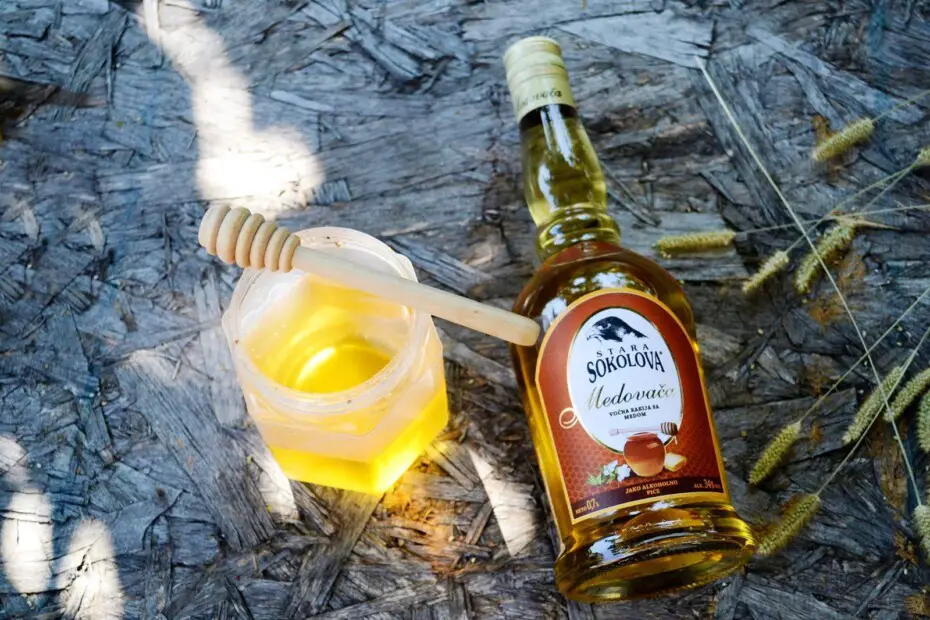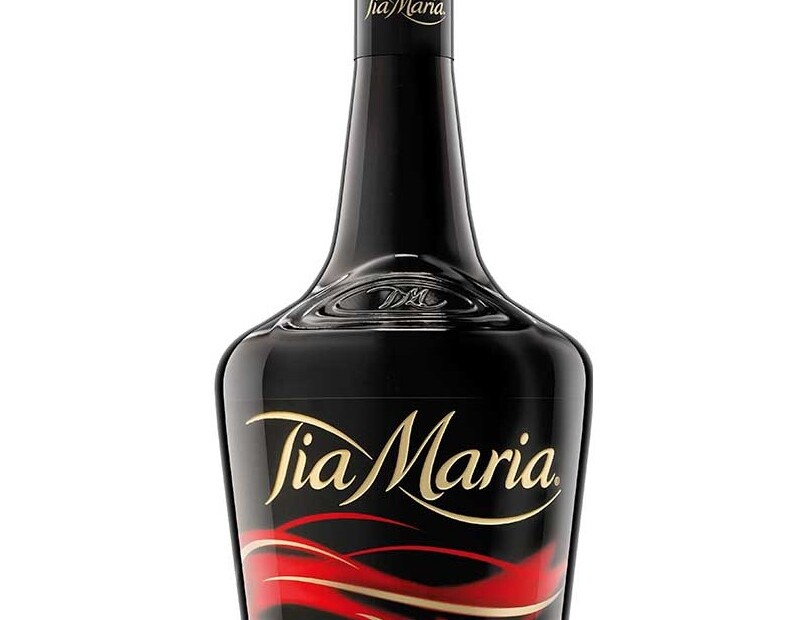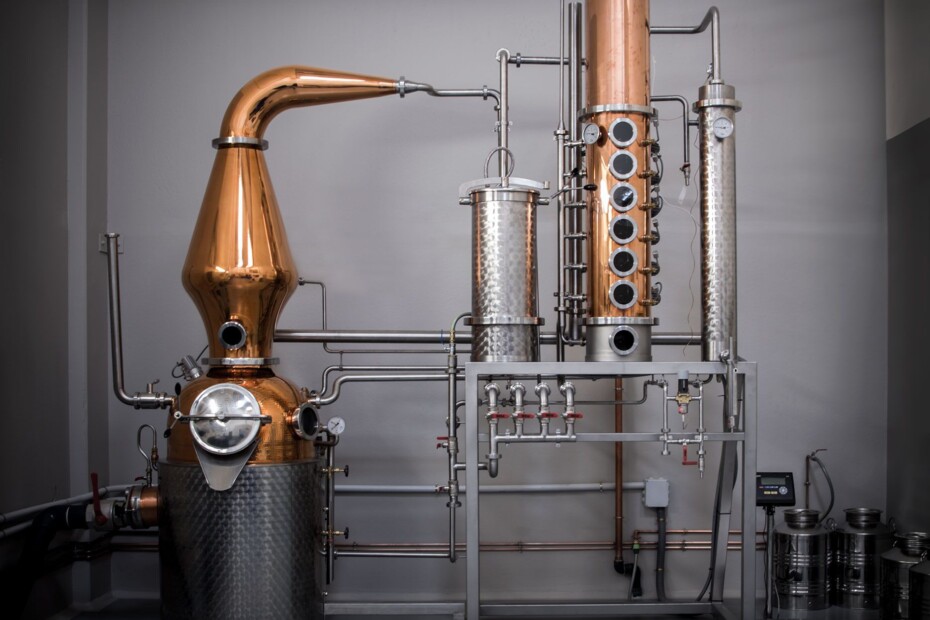do you want to know what Rakia is? what is its origin? how should it be drunk? The countries that make up Eastern Europe have a delicate and fascinating production of unique liqueurs in the world, which is why we can find drinks such as Rakia, a very popular liqueur. Bulgaria, Slovakia and Hungary, among others, are some of the countries where you can find this charming liqueur, which is part of their culture and hobbies, join us to discover more about Rakia.
En esta nota, encontraras lo siguiente
what is Rakia?
Rakia, also known as rakija, is a liqueur similar to brandy, obtained through the distillation of fermented fruits, and it is one of the most traditional drinks in the Balkan region. Its alcohol content is usually 40%, but home-produced rakia can be stronger, reaching between 50% and 80%, and it has a colorless transparent color that can become more golden and aromatic depending on its aging.
Origin of Rakia
The origin of rakia is unknown, some give its creation to the period of the Ottoman Empire. In Serbia, it is said to have been popular from the 19th century onwards, when the phylloxera disease destroyed a large part of the vineyards, thus reducing wine production, which at that time was the main source of livelihood. 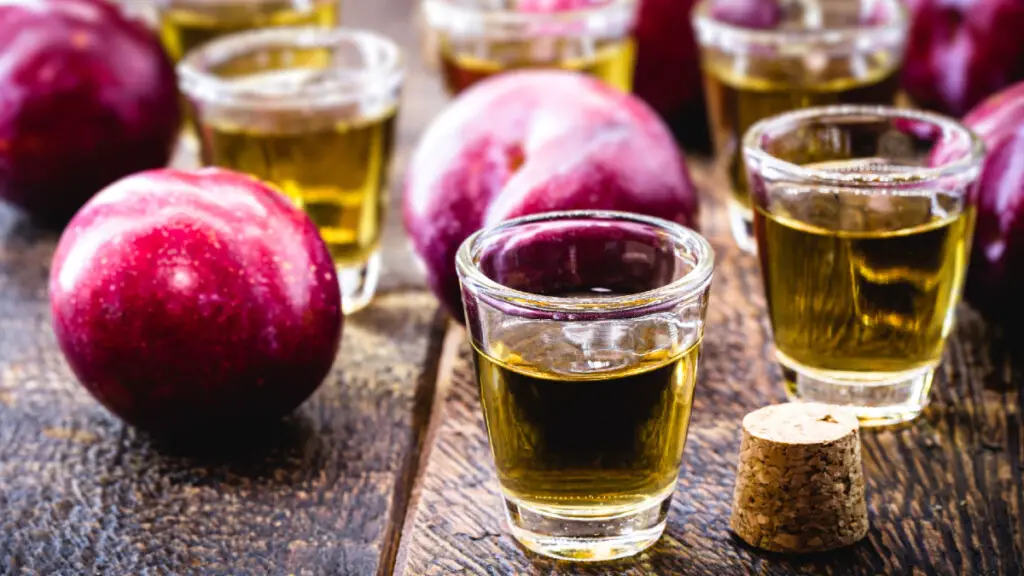 Its name comes from the Arabic al-rak, which means sweat, the first signs of Rakia production in Bulgaria date back to the discovery of an 11th century fragment of a distillation vessel used for the production of rakia. This for some historians is an indication that rakia originally started to be produced in Bulgaria, so determining its actual provenance is uncertain.
Its name comes from the Arabic al-rak, which means sweat, the first signs of Rakia production in Bulgaria date back to the discovery of an 11th century fragment of a distillation vessel used for the production of rakia. This for some historians is an indication that rakia originally started to be produced in Bulgaria, so determining its actual provenance is uncertain.
what is Rakia made from?
Rakia is made from fermented fruits, the most commonly used are plum, grape and apricot, because of their high amount of sucrose, which is the main ingredient to obtain ethanol. In addition, we can also find other fruits such as pear, apple, herbs, honey, nuts, among others. 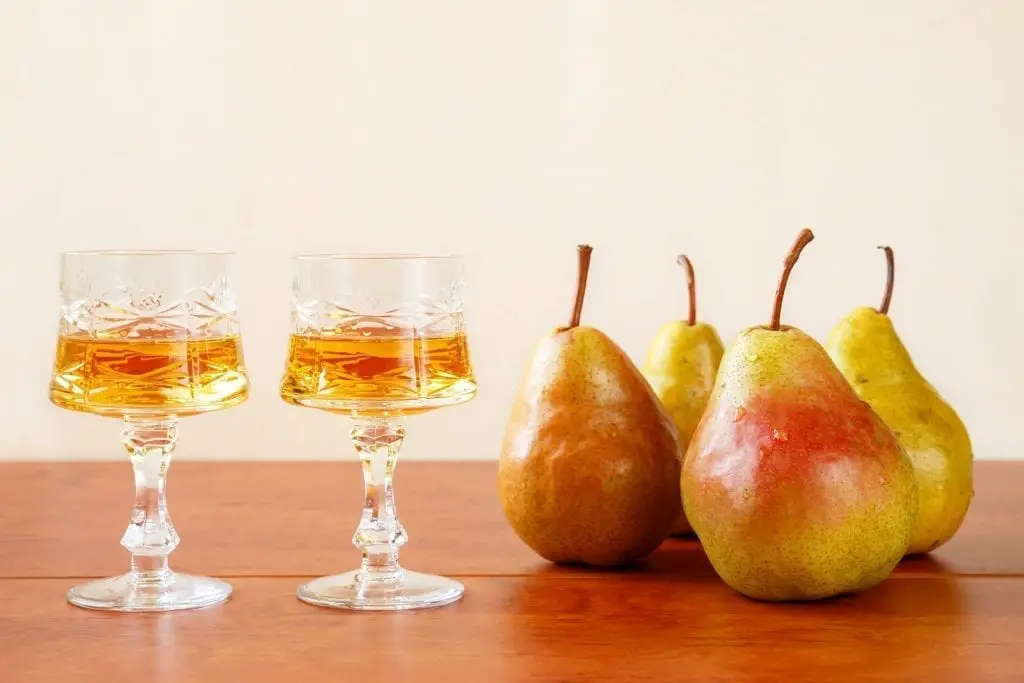 And although rakia is usually colorless, we can find some types with other colors thanks to the herbs used and its passage through barrels, which usually gives it a golden color similar to brandy and more marked flavors and aromas.
And although rakia is usually colorless, we can find some types with other colors thanks to the herbs used and its passage through barrels, which usually gives it a golden color similar to brandy and more marked flavors and aromas.
how is Rakia made?
Rakia is usually made in an artisanal way, usually the fruit before becoming brandy goes through the stages of harvesting, washing, crushing, fermentation, distillation and aging. The distillation process is carried out in copper boilers, in which 40% is usually left free. After the first distillation, a beverage with 30% alcohol is obtained, but the large amount of poisonous methanol it may contain leads to a second distillation. 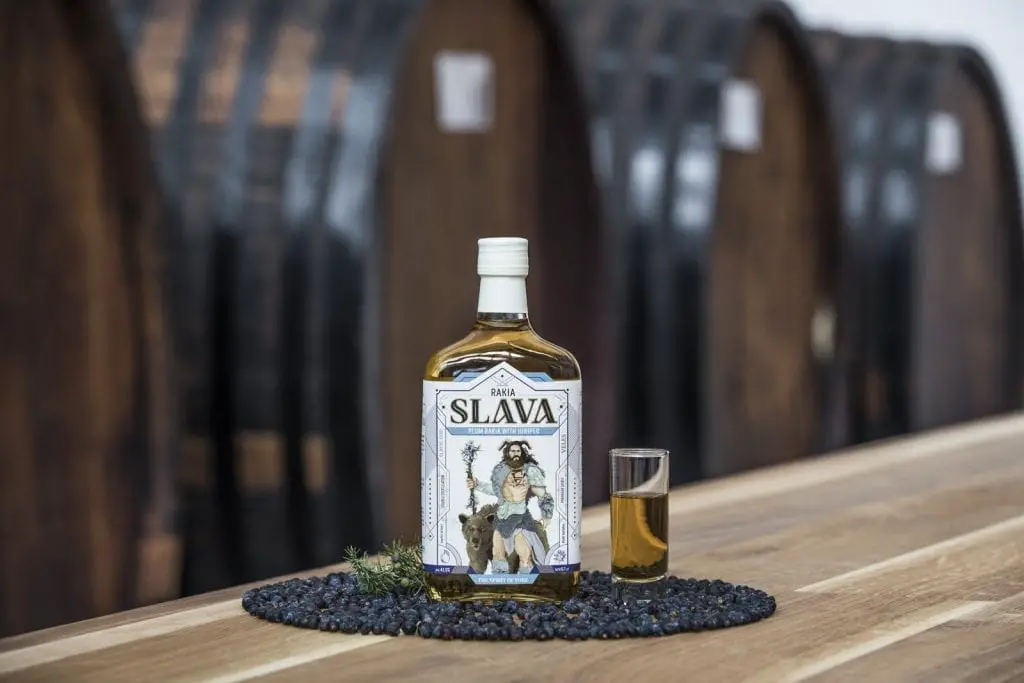 With the second distillation, the rakia usually reaches 45% alcohol by volume, while if the process is repeated a third or fourth time, an even higher alcohol content is obtained. Most of the rakia production reaches the market with a storage period of about four years.
With the second distillation, the rakia usually reaches 45% alcohol by volume, while if the process is repeated a third or fourth time, an even higher alcohol content is obtained. Most of the rakia production reaches the market with a storage period of about four years.
In Bulgaria, its production and the ingredients used have determined two types, which are: Grape Rakia This rakia is also subcategorized according to the method used for its manufacture, the Bulgarian legislation differentiates those made from the distillation of fermented grape musts, those from grape juice or those from grape skins. Traditionally, very aromatic white grape varieties are used, such as muscat, sauvignon blanc, dimyat and different varieties of misket.
In the particular case of wine rakia, the material for distillation is called dzhibri (джибри). The fermented must is distilled in copper stills to obtain a spirit with at least 65% alcohol, which originates a very rich liquor with fruity, herbaceous, spicy, and floral aromas. Fruit Rakia Fruits are used mainly due to their high amount of sucrose, which is the main ingredient to obtain ethanol. In Bulgaria, apricots, plums, peaches, pears and quinces are especially used.
How to drink Rakia correctly
Rakia is an important drink for life, health and death in Bulgaria and in many of the Balkan countries so it is not unusual to incorporate the drink in different rituals. 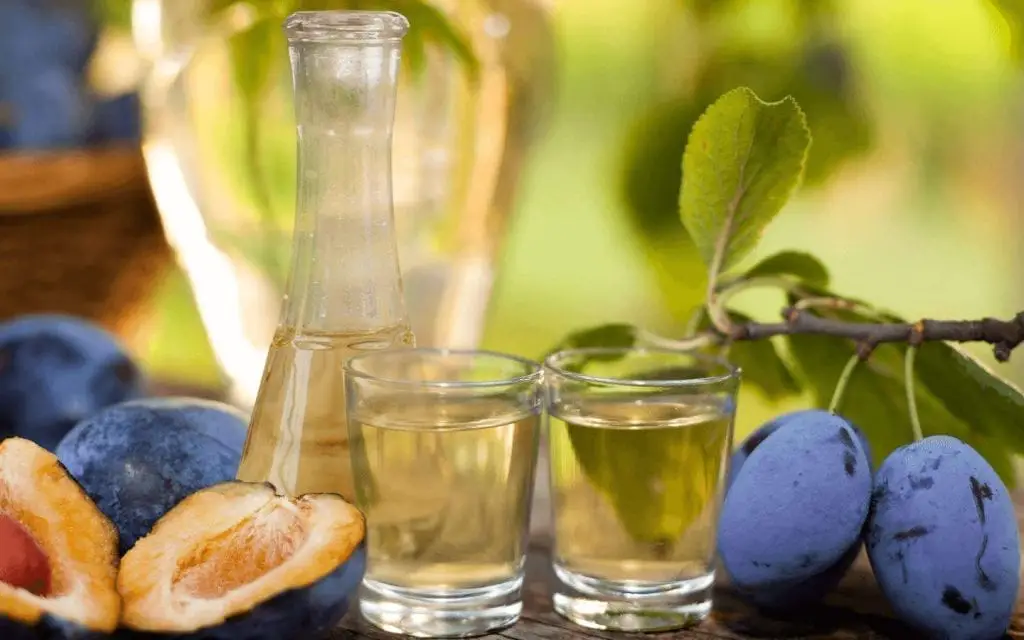 During the end of the Orthodox Christian burial, visitors are offered a piece of bread and rakia, drink for the soul and pour some rakia on the ground and say aloud For the peaceful rest of the soul and drink the rest of the rakia.
During the end of the Orthodox Christian burial, visitors are offered a piece of bread and rakia, drink for the soul and pour some rakia on the ground and say aloud For the peaceful rest of the soul and drink the rest of the rakia.
During wedding ceremonies it is a custom for the father of the groom to walk around the tables and offer a cup of rakia to all the guests. Depending on the countries where it is consumed, rakia is usually served in small glasses during appetizers, salads and even on an empty stomach, its mode of drinking is slow, it is not drunk in one gulp, on the contrary, small sips are taken. It is believed that Rakia has healing powers, so in the Balkans, this alcoholic beverage is consumed in a very high percentage.

